Improving Posture: Exercises to Correct Excessive Low Back Curve

Improve Your Posture: How to Correct an Excessive Lower Back Curve
Are you aiming to improve your posture? Correcting an exaggerated curve in your lower back is achievable with targeted exercises.
Experiencing lower back pain? This discomfort often stems from an abnormal arch in your spine, known as a larger-than-normal lordotic curve.
This guide unveils essential exercises designed to rectify an increased curve in your lower back posture. After mastering the foundational routines, you’ll find advanced exercises to further enhance your posture.
See Also: Advanced Posture Exercises For Your Rounde Upper Back
Understanding Posture: Addressing Hyperlordosis
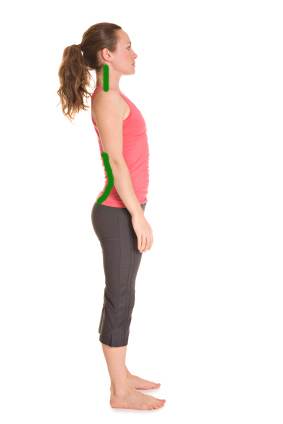
The natural curves in your lower back and neck, known as lordosis, play a crucial role in your overall posture. Normal lordosis is common and healthy.
However, the internet is rife with misinformation regarding posture correction. As a practising chiropractor, my goal is to provide you with accurate and reliable information to navigate posture improvements effectively.
Excessive curvature, or hyperlordosis, refers to an overpronounced curve in the lower back. “Hyper” indicates an excess, much like the term “hyperactive.” Conversely, “hypo” denotes a deficiency, indicating less curvature than normal.
It’s possible to exhibit hyperlordotic posture without experiencing pain. Nevertheless, addressing this condition early is vital to reduce the risk of developing osteoarthritis in the joints and discs of your lower spine.
See Also: 4 Upper Back Exercises To Improve Posture
Correcting Hyperlordosis: Enhancing Appearance and Reducing Risk
Proactively adjusting a hyperlordotic posture not only mitigates health risks but can also refine your silhouette. Through specific exercises, we can realign your pelvis, diminishing the appearance of lordosis without altering your body’s natural shape.
Causes of Hyperlordosis Include:
Tight Muscles:
- Erector spinae muscles along the spine.
- The hip flexor muscle is known as the psoas.
Weak Muscles:
- The gluteus maximus shapes your buttocks.
- Abdominal muscles, particularly the rectus abdominis or “six-pack” muscles, remain concealed for many under a layer of fat.
Hyperlordosis results from an imbalance between overly tight muscles pulling in one direction and weak muscles failing to compensate, exacerbating the spinal curve.
Correcting Your Posture: Balancing Muscle Strength
To amend your posture, begin by stretching the tight muscles before strengthening the weaker ones. This balanced approach is key to correcting an excessive lower back curve and improving your overall posture.
A: Arch Your Lower Back Like The Cat Pose in Yoga – Stretch your low back erector spinae (low back muscles).
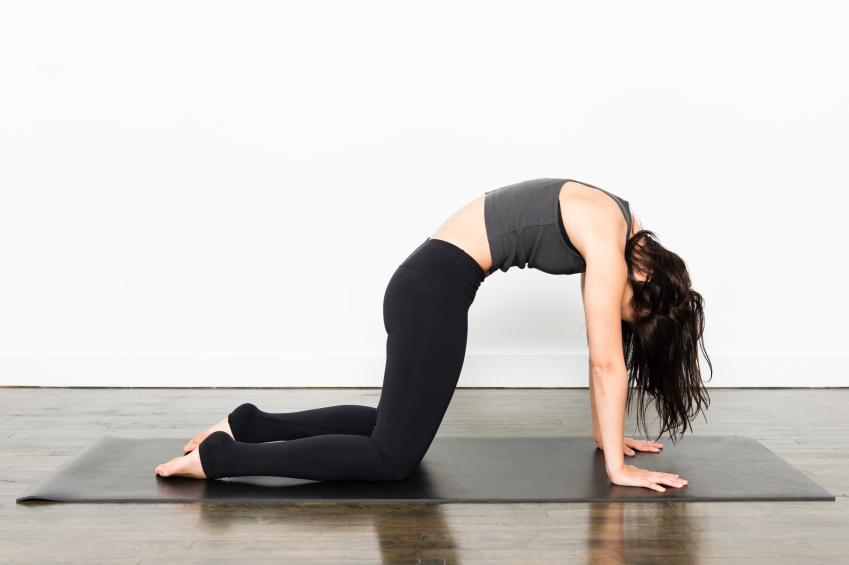
- Get on all fours with your hands under your shoulders, your knees under your hips.
- Arch your upper back and lower back like a cat does when it’s scared.
- Hold for 30 seconds – do 3 sets.
- If you have a disc problem, or it hurts to arch and flex your back, this exercise is not for you.
A: Child Pose: Second stretch for your low back erector spinae (low back muscles).
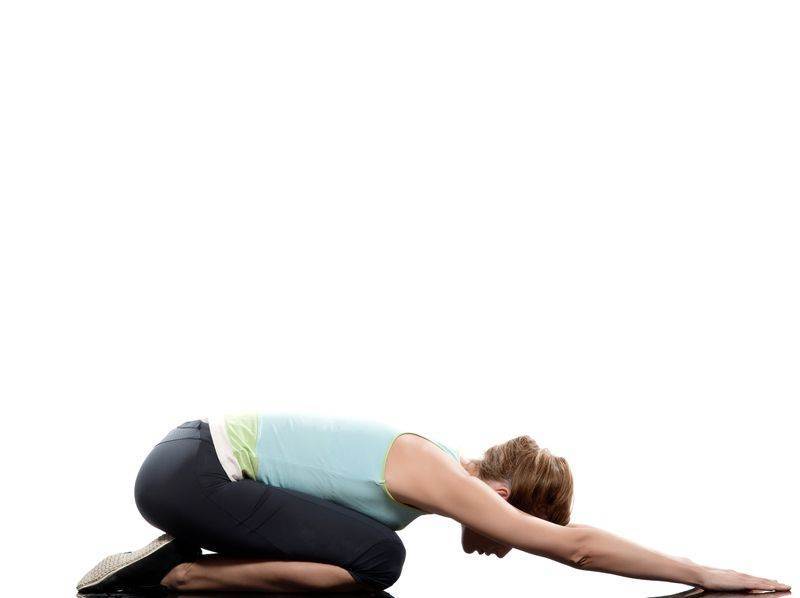
- Get on your hands and knees.
- Sit back onto your heels with your arms reaching out as far as they will go.
- Your head is looking down – neck down.
- Hold for 30 seconds – do 3 sets.
A: Lunge Pose: You need to stretch the hip flexor muscles (psoas muscles)
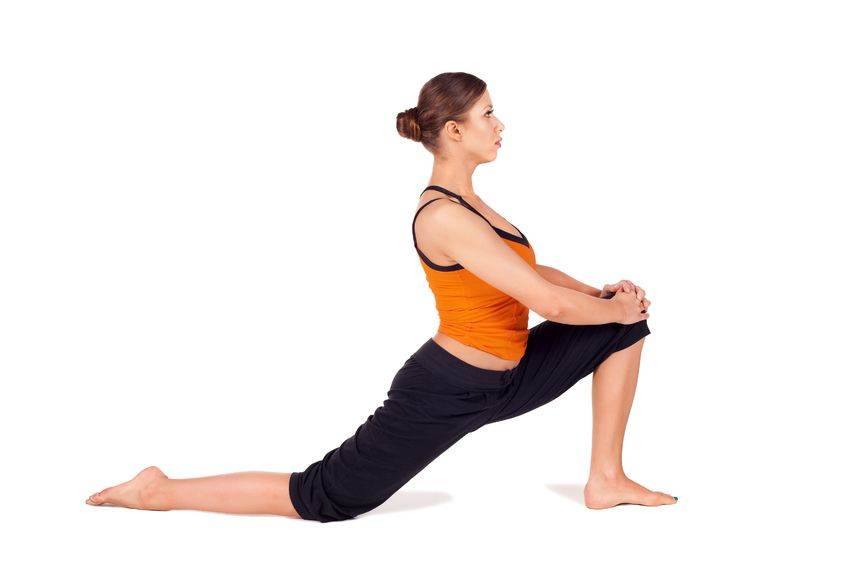
- Get down on your knees.
- Put one leg forward with the knee bent to 90 degrees.
- The other leg is back with the knee very slightly bent resting on the floor.
- You should feel the stretch in the front part of your hip.
- Hold for 30 seconds and do 3 sets.
Second, strengthen your gluteus maximus (your butt-shaping muscle) and abs (your rectus abdominis muscles or six-pack muscles)
I will give you two exercises to strengthen your gluteus maximus. The squat and the single-leg squat.
B: The Chair Squat To Strengthen Your Gluteus Maximus
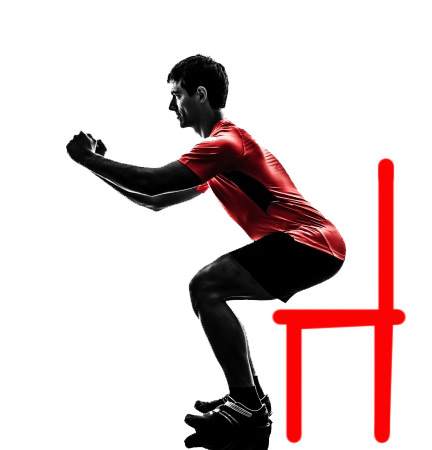
- Stand with your back to the chair.
- Your feet should be shoulder width apart with your feet turned out slightly
- Make sure to not arch your lower back when lowering yourself down to the chair.
- Touch the chair and come right back up 10 – do 3 sets.
B: Single Leg Squat To Improve Your Posture. When you can do three sets of chair squats easily, try single-leg squats.
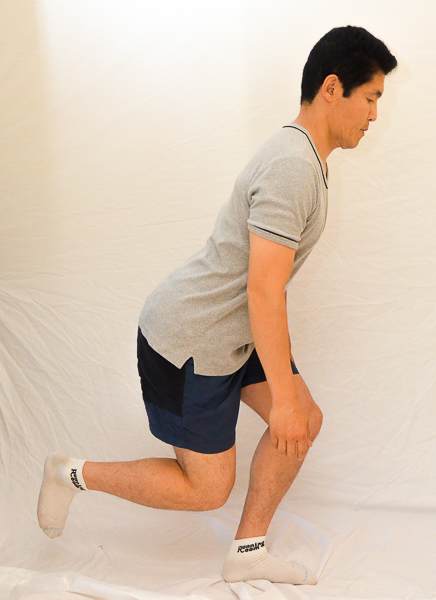
- Always stand near a wall so, you can support yourself if you lose your balance.
- Stand on one leg.
- Stick out your butt as much as you can while bringing your other leg back, dragging it on the floor to keep balance.
- Go as far as you can with the back leg.
- Don’t let your knee go forward past the big toe
- Do 3 sets of 10.
Strengthen Your Abs To Help Your Posture
B: Front Planks strengthen your abs without putting dangerous pressure on your discs like crunches and sit-ups do.
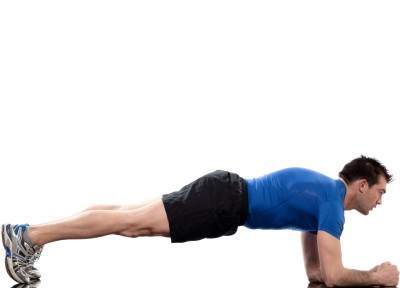
- Lie face down.
- Toes together and your arms shoulder width apart.
- Hold this position without raising your butt too high
- Your body should form a straight line. Look in the mirror.
- Hold for up to 1 minute at a time. – do the exercise 3 times.
B: Advanced Abs Strengthening To Help Your Posture

- Get a basketball or medicine ball.
- Get in the front plank position.
- Balance with your forearms on your medicine ball/basketball.
- Pull your arms in toward you while balancing on the ball.
Feel free to share your questions, thoughts and experiences in the comments below, and don’t forget to connect with us on Facebook for more updates and tips on improving your shoulder health. We’d love to hear your opinions on who you consider the best Toronto chiropractor.





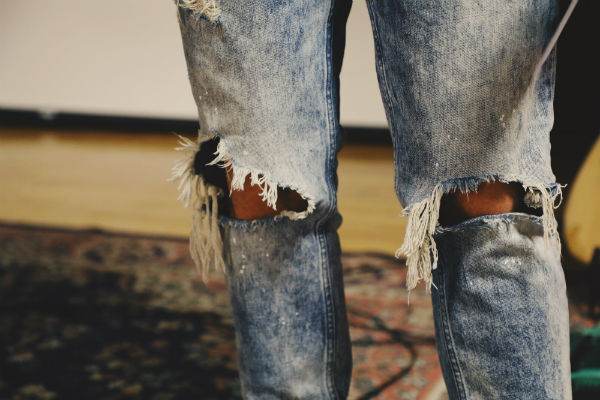
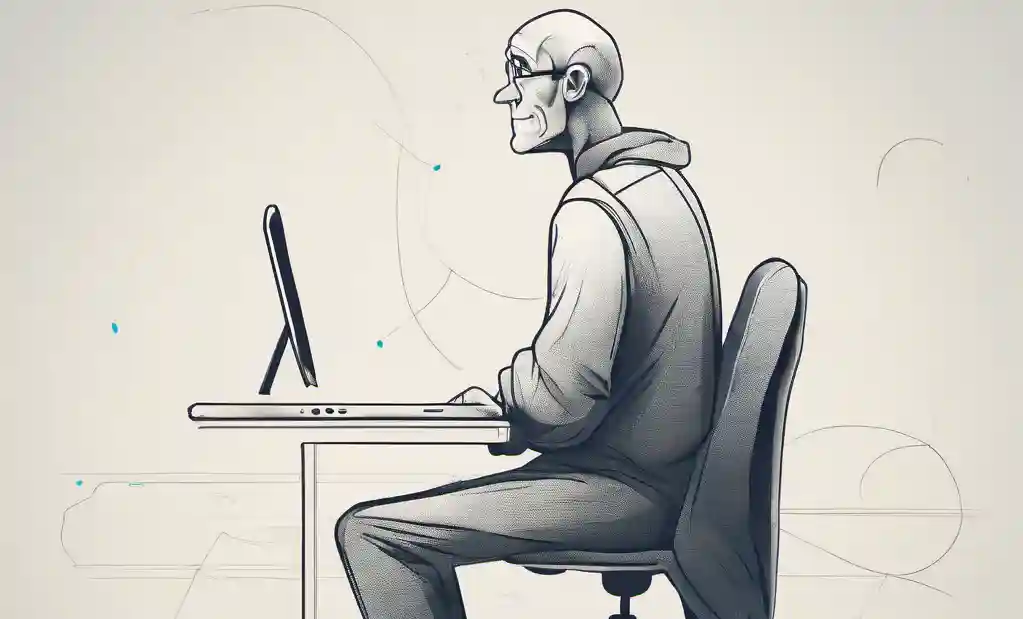


Thanks for posting this article. I just wanted to ask if there is any chance these exercises could aggravate the lordosis making it worse. Also how often should I do these exercises per day? My last question is if this will get rid of my back pain.
Many thanks
Hello Sir.
Your post seems very useful and effective. But i have a slight doubt. Kindly describe when to do these exercises. All simultaneously, everyday, or first focus on the tight muscle exercises only and then the weak muscles one.
Hey dr nakamura i think i have scoliosis but i have gotten x rays that say i havent but i think i have it what do i do im trying to do the insanity program for my health do u think the scoliosis will go away if i complete that
Hi there, Im 29 years old – I don’t have any lower back pain but I’m very sure my lower back arches or my hips have rotated (looking in the mirror). When I am facing forwards my feet stick outwards (feels normal) and when I correct my knees to face forwards (have to squeeze my gluteus’s so they are in its “normal” position this becomes very uncomfortable feeling for me. I also have a bloated feeling most of the time from my stomoach sticking out more than usual. Would these exercises above help correct this? I used to play sports at a very high level until 21 (6’3″ and 95kg) and stopped sports for 8 years ago. I want to get fit again and I am struggling to do this as I keep breaking down when running. I’ve always had tight hamstrings but my gluteus area and across my hip area burn and tigher only when I run. Any extra advices? Thanks in advance!
Hi Dr Ken. Thank you so much for writing this useful article. I’m not sure if I have this problem. I’m a beginner yogi and when I’m in postures, my lower back tends to arch automatically. So, it’s easy for me to do backbend poses, but my lower back hurts sometimes.
However, when I do cat pose(cat cow pose), I can’t round my back. My lower back and middle back are completely flat.
My twist posetures are also bad. I can’t twist and place my elbow on the outside of the opposite leg. I always feel some stretches or a good pain, hopefully, on my middle back.
Thank you in advance
hi doctor,
am writing from india.my son is six years old he has lumbar lordosis.will the exercises suggested here help him?he suffers from cerebral palsy as well so his all his muscles are weak.he can walk and runs like he is jogging.can you help him please.
Hello Doc, today i had some xrays and i have lumbar hyperlordosis, i also pinched a nerve doing squats yesterday and i can barely move now.
Do you have any routine that i can practice everyday to improve and correct my arch? I also have zero flexibility.
thanks a lot Dr. Ken. For a very long time I kept on searching for remedies for my arched back and neck. My search has come to a halt perhaps. By starting exercises in your article on daily basis, I hope to get positive and considerable results. Thank you.
Many thanks Dr. Ken. I have been looking to fix my arched back for a long time and your article made perfect sense. I have had an arched back most of my life and have started the daily exercises in your article. Hopefully this starts to fix my back.